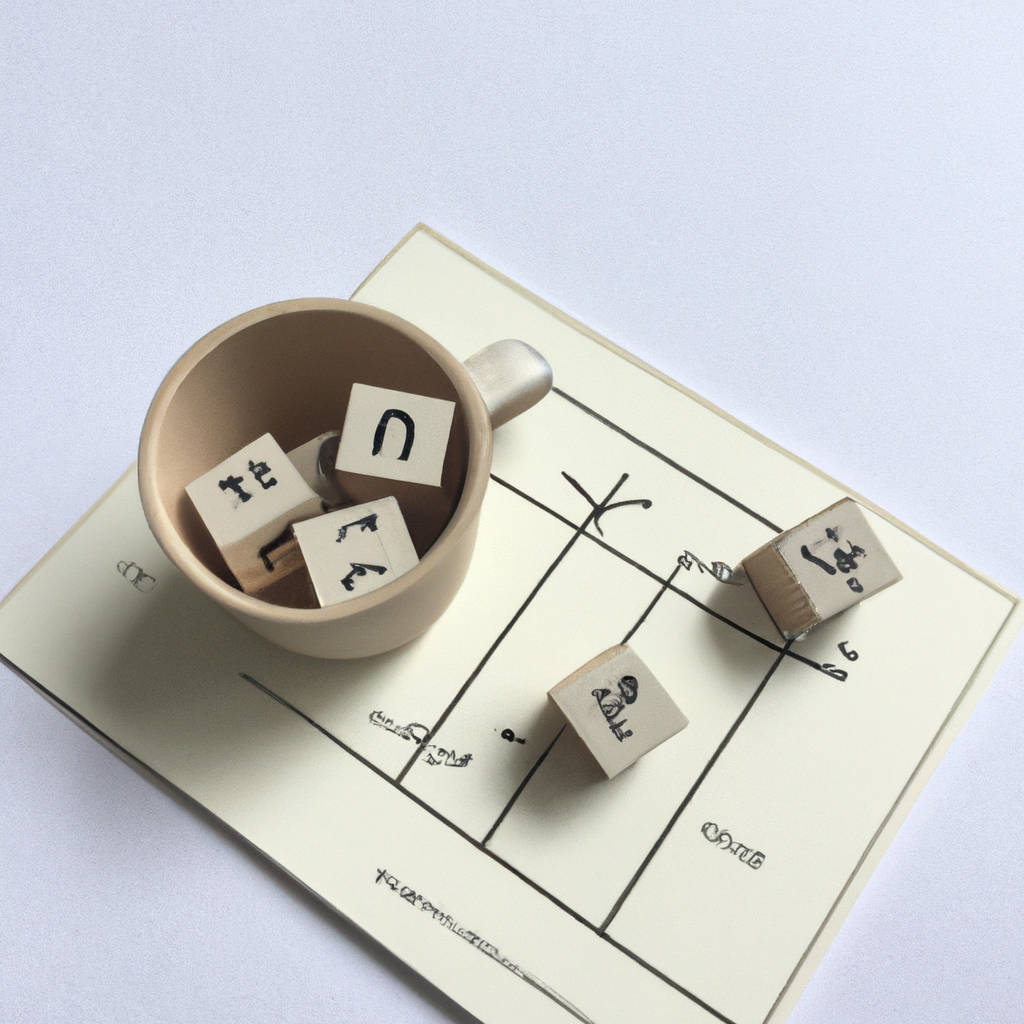Binary to decimal conversion involves understanding the positional and doubling principles. In binary, each digit holds a specific place value based on its position within the number. The rightmost digit represents 2^0, the next digit to the left represents 2^1, and so on, with each subsequent digit representing a power of 2 that is one greater than the previous digit. This positional system allows for easy conversion from binary to decimal by multiplying each digit by 2 raised to the power of its position and summing the results.
Additionally, the doubling principle plays a crucial role in the binary to decimal conversion process. Each time we move to the left in a binary number, we are essentially doubling the value of the digit in that position. This doubling effect simplifies the conversion process as we can quickly calculate the decimal equivalent of each binary digit by doubling the previous result and adding the current digit value. By understanding and applying these principles, converting binary numbers to decimal becomes a straightforward and efficient process.

Binary to Decimal: Doubling Method
The binary to decimal doubling method is a simple and efficient way to convert binary numbers to decimal numbers. This method involves starting with the rightmost digit of the binary number and doubling it, then moving to the left and doubling the next digit, and so on until all digits have been converted. The process is repeated until the leftmost digit is reached, at which point the final decimal number is calculated by adding up all the doubled values.
This method is particularly useful for converting larger binary numbers to decimal numbers quickly and accurately. It is a straightforward process that can be easily understood and applied by anyone with basic mathematical skills. The doubling method is a reliable way to convert binary numbers to decimal numbers without the need for complex calculations or formulas. It is a practical tool for anyone working with binary numbers in various applications, such as computer programming, data analysis, and digital communications. Overall, the binary to decimal doubling method is a valuable technique that simplifies the conversion process and makes it more accessible to a wider range of users.
Converter
A converter is a device that transforms one form of energy into another. For example, an electrical converter changes alternating current (AC) into direct current (DC) or vice versa. This is essential for many electronic devices that require a specific type of energy to function properly. Another common type of converter is a currency converter, which is used to calculate the exchange rate between different currencies. This is useful for travelers or businesses operating in multiple countries. In the world of technology, video and audio converters are also popular tools that allow users to change the format of media files to make them compatible with different devices or software.
Overall, converters play a crucial role in modern society by enabling the efficient use of various forms of energy and resources. They simplify tasks, streamline processes, and enhance convenience for individuals and organizations alike. Additionally, converters are continually evolving and improving as technology advances, leading to more efficient and effective solutions for converting energy, currency, and media formats.
As the demand for versatile and adaptable devices grows, converters will continue to be an essential component of everyday life. Whether it’s converting electricity, money, or digital files, these devices provide the flexibility and functionality needed to navigate an increasingly interconnected world. Ultimately, converters are a practical and valuable tool that helps facilitate communication, trade, and innovation across diverse industries and sectors.

Positional Notation Usage
Positional notation is a system of representing numbers using a base and positional value. This system is widely used in mathematics, computer science, and everyday life. In positional notation, each digit in a number has a value determined by its position in the number. For example, in the decimal system, the number 123 has a value of 1*10^2 + 2*10^1 + 3*10^0. This system allows for easy manipulation of numbers and calculations, making it a fundamental tool in various fields. In computer science, positional notation is used in binary, octal, and hexadecimal systems to represent numbers in a way that is easily understood by computers.
This allows for efficient storage and manipulation of data in computer programs. In everyday life, positional notation is used in various ways, such as in telling time, measuring distances, and representing quantities. For example, the time 12:34 is represented as 12 hours and 34 minutes, with each digit having a specific value based on its position. Overall, positional notation is a versatile and essential tool that is used in a wide range of applications to represent and manipulate numbers effectively.
Doubling Method Usage
The doubling method is a technique that is used by individuals in various situations to increase their gains or outcomes. This method involves taking a risk and doubling one’s efforts or investments in order to potentially achieve a higher return. This technique is often employed in gambling, investments, and business ventures. For example, in gambling, a person may double their bet in hopes of winning back their losses or increasing their winnings. In investments, individuals may double down on a particular stock or asset in order to maximize their profits.
In business, entrepreneurs may double their marketing efforts or production in order to expand their reach and increase their sales. While the doubling method can be risky, it can also be a strategic way to potentially achieve greater success. It requires individuals to carefully assess the situation and weigh the potential risks and rewards before deciding to double down. Additionally, it is important for individuals to have a clear understanding of their goals and objectives in order to effectively utilize this method. Ultimately, the doubling method can be a powerful tool for individuals looking to increase their gains and achieve their desired outcomes.

Summury
Summary is a concept that encompasses the main points or ideas of a particular topic, discussion, or piece of writing. It involves condensing information into a concise and understandable form, providing a brief overview of the key details without delving into every nuance or detail. Summaries are useful for quickly conveying important information to others or for refreshing one’s memory on a topic. They can be found in various forms, such as summaries of books, articles, movies, or discussions.
Summarizing requires the ability to identify the most relevant information and present it in a clear and organized manner. It allows individuals to grasp the essence of a complex subject or text without having to sift through all the details. In academic settings, summaries are often used as a way for students to demonstrate their understanding of a topic or to provide a snapshot of a larger body of work. In professional settings, summaries are commonly used in reports, presentations, and meetings to communicate essential information efficiently.
Overall, the skill of summarizing is valuable in both personal and professional contexts, enabling individuals to communicate effectively and efficiently. It is a tool that helps to distill complex information into a more digestible form, making it easier for others to understand and engage with the content. By mastering the art of summarizing, individuals can enhance their communication skills and improve their ability to convey important information in a clear and concise manner.
